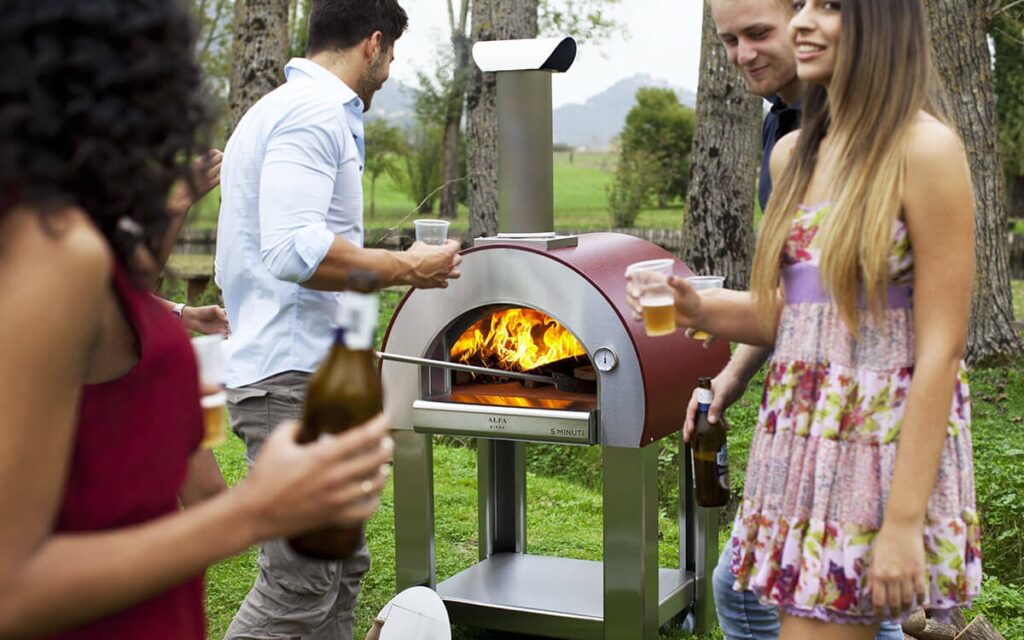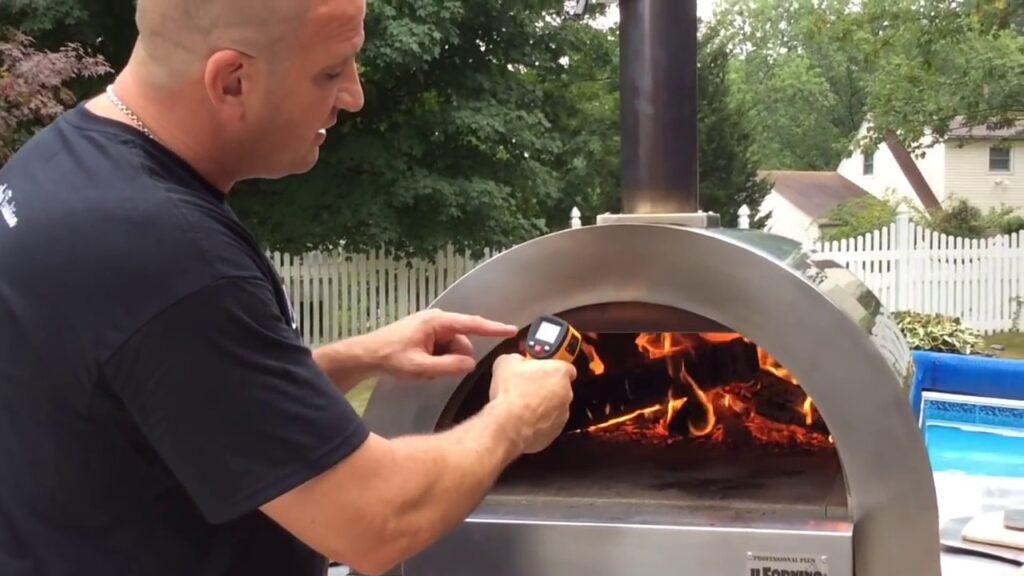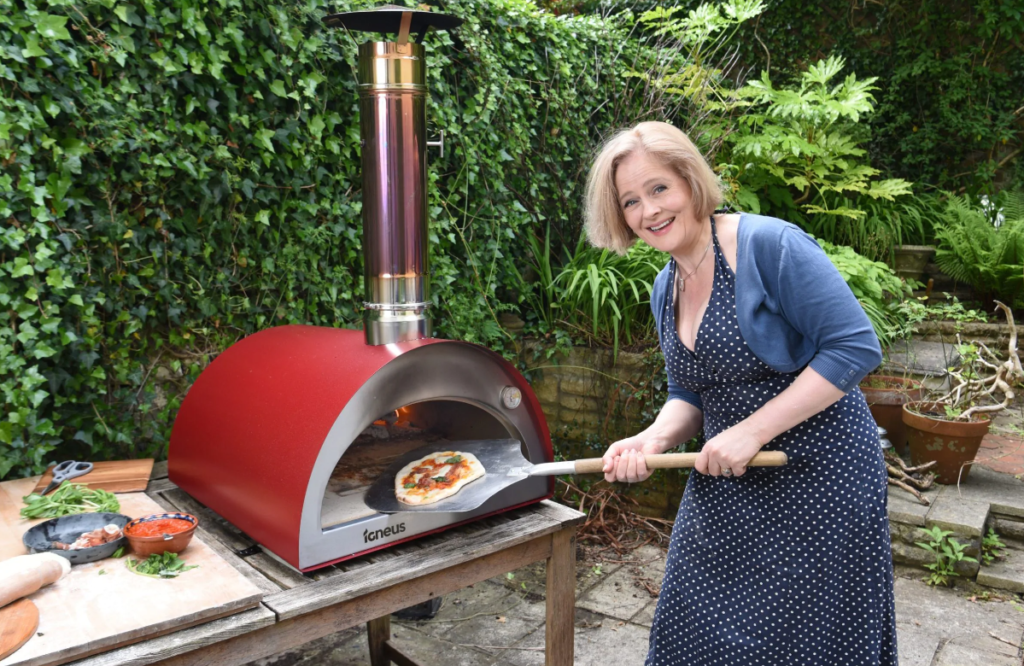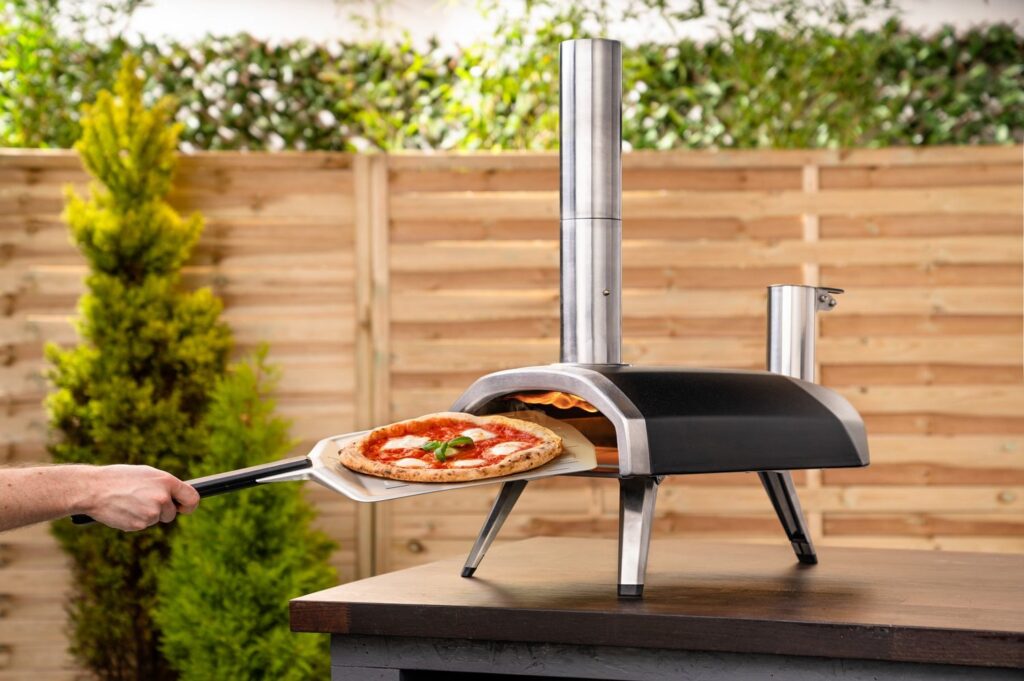Pizza Oven Guide: Gas vs. Wood-Fired
If you’ve been looking for ovens for pizza for commercial use, you’ve probably seen the two most popular options on the market: gas and wood. Each has advantages and drawbacks, making it tough to select the finest.
So, let’s examine the distinctions between the two types to assist you in making the best decision when buying a commercial pizza oven for sale for your business!
What Is a Gas-Fired Pizza Oven?
A gas-fuelled oven is one that cooks pizza with propane gas or natural gas. This sort of oven is quite popular since it is simple to operate, heats up rapidly, even with preheating time, and cleanup is simple. The greatest gas pizza ovens are usually built of stainless steel since it is a great conductor of heat, adjustable for heat increases and drops, and helps maintain the optimum temperature during the cooking process.

What Is a Wood-Fired Pizza Oven?
Unlike the gas-fuelled, the difference here is the source of heating which is wood, wood pellets, and hot coals that can all be used to power wood-fired pizza ovens. Inside the oven, the temperature will range between 400 and 500 degrees Fahrenheit. These ovens take a long time to heat up, but the heat from the flames cooks the pizza quickly. Although a wood oven flawlessly cooks the pizza and adds fantastic flavour, it requires considerable monitoring to ensure the heat remains consistent.
Key Differences Between Gas and Wood-Fired Pizza Ovens
Heating Time and Performance
As mentioned, wood-fired ovens have the drawback of requiring more time to heat up than gas-fired ovens. A wood-fired oven can take up to an hour to achieve cooking temperature, but a gas-fired oven can reach cooking temperature in 15 minutes. On the other hand, performance-wise the wood-fired ovens are better because they cook pizzas faster than gas ovens since they reach a greater temperature.
Size
Wood-fired ovens are large, with depths of up to 1.5 metres and heights varying depending on the design or style of the oven, making them less portable, but they can be moved if necessary.
Gas-fired ovens are more compact than wood-fired ovens. They are often transportable and may be transferred from one location to another with more ease.

Weight
Wood-fired ovens are heavy, weighing up to half a tonne! If you are installing a wood oven, you should hire a contractor to guarantee that the area on which the oven sits can withstand its weight.
A gas oven weighs less, and the numerous sizes and forms it’s available in make it somewhat portable. That is, it may be moved about on a trolley or carried from one tabletop to another.
Cooking Time
The high heat of the flames in a wood-fired oven quickly cooks the pizza, but the lower temperatures of the flames in a gas-fired oven cook the pizza more slowly. Gas ovens allow you more control over cooking temperatures and cook the pizza more uniformly, whereas wood ovens can cause hotspots that overheat or burn the dough.
Flavour
Pizza made in a wood-burning oven has a smoky flavour that gas ovens do not have and that many people enjoy. But if you still intend to buy the gas-fired option, what you can do to get that incredible smoky taste is choose smoky-flavoured sauces as the pizza toppings.

Cleaning and Upkeep
Wood-fired pizza ovens necessitate more upkeep than gas-fired ovens. The wood-burning process produces ashes, which must be cleaned on a regular basis, and the oven must be inspected for cracks or damage.
Natural gas or propane pizza ovens for sale are less expensive to operate and maintain than coal or wood-burning ovens. Cleaning and maintenance are typically as simple as a wipe-down unless pizza ingredients adhere to the inside of the oven if they spill over. All you have to do is keep the gas tank full.
Safety
When using a wood-burning pizza oven, keep the flames and hot surfaces in mind. To protect your skin, it is recommended that you wear gloves and long sleeves.
Because there are no open flames, gas-fired ovens are less risky than wood-fired ovens. However, you must exercise caution when handling the gas tank and turn off the gas before cleaning the oven.

Before using flames outside, please check with your local fire department to determine if any limitations apply.
Cost
Wood-burning ovens are more expensive than gas-burning ovens. The overall cost will be determined by the amount of space available and the type of oven you select. Is the space going to become an outdoor kitchen? Will you build it yourself or will a contractor be required?
Gas ovens are less expensive than wood-burning ovens. The price of the oven and installation will be determined by the kind and size of the oven you select. So, there you have it: the main distinctions between gas and wood-burning oven!












